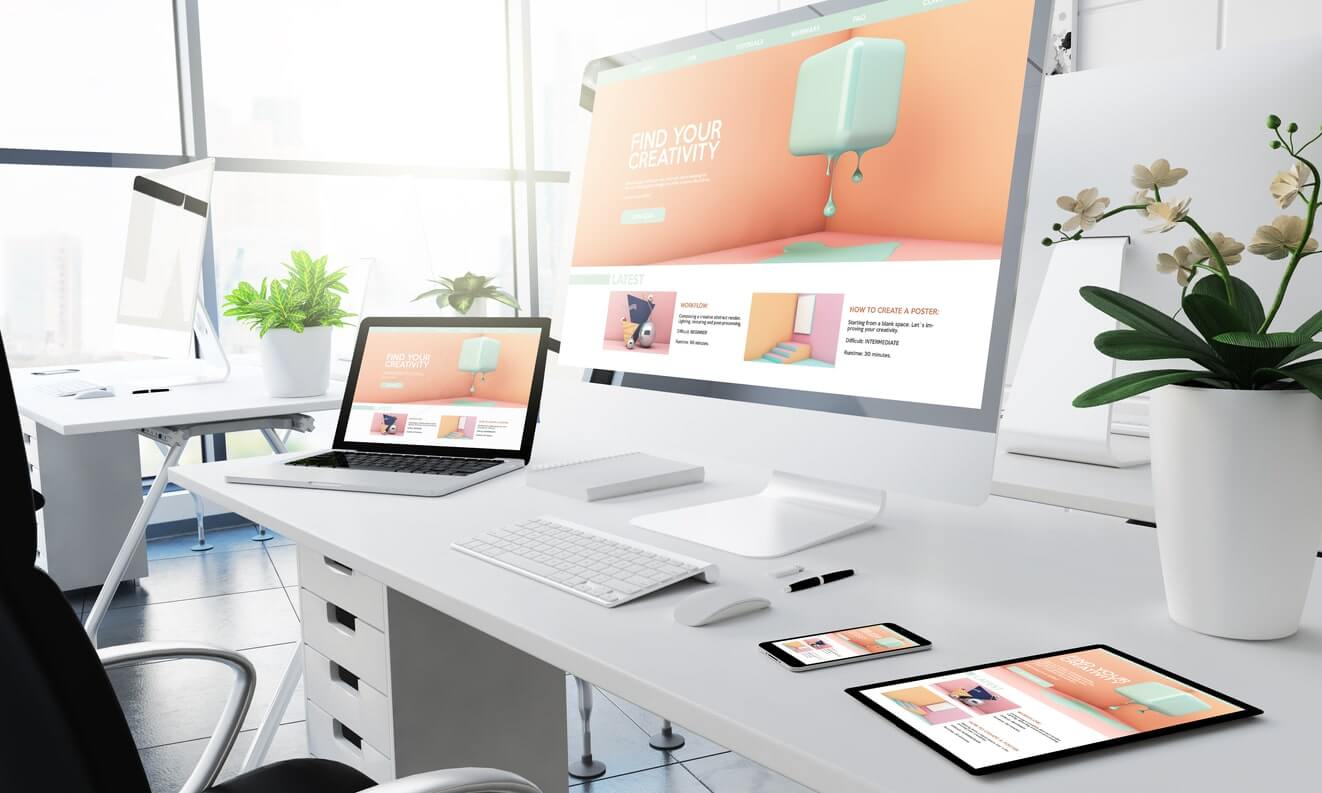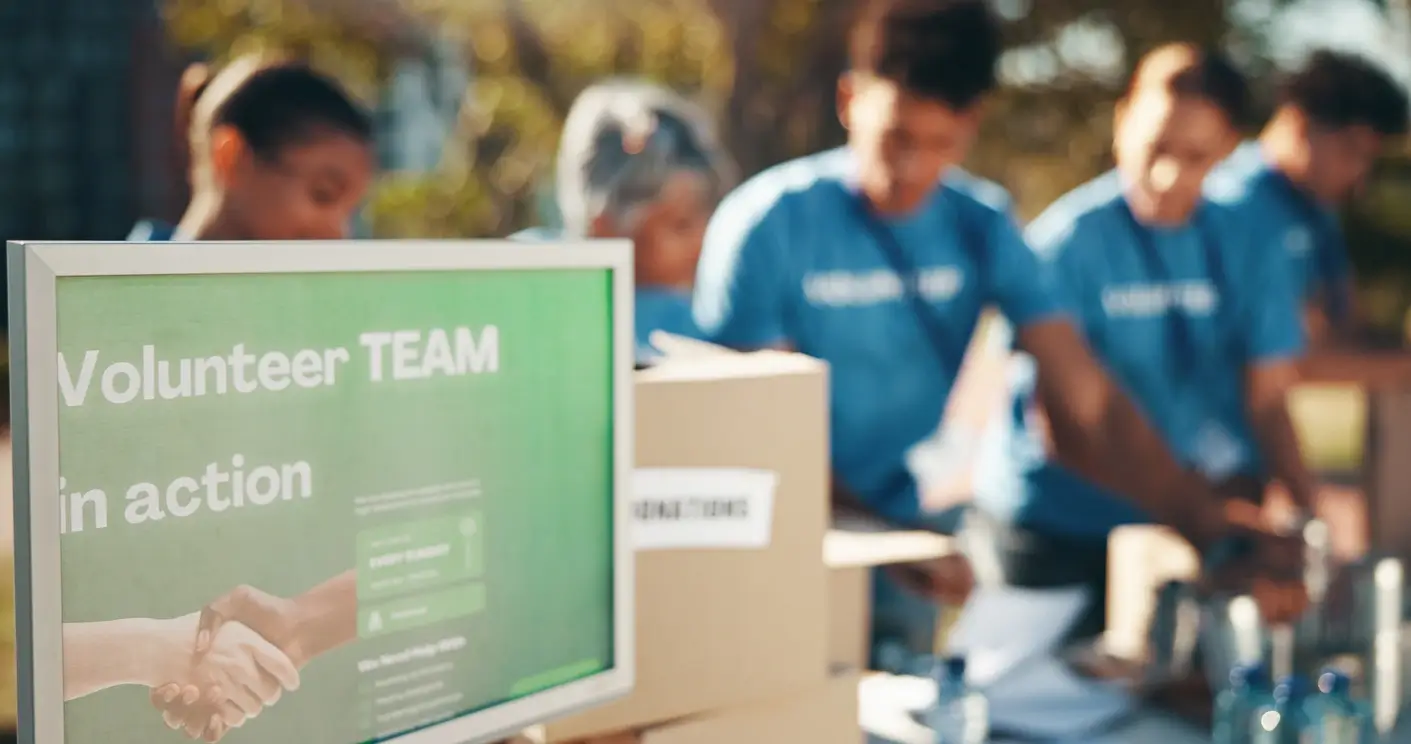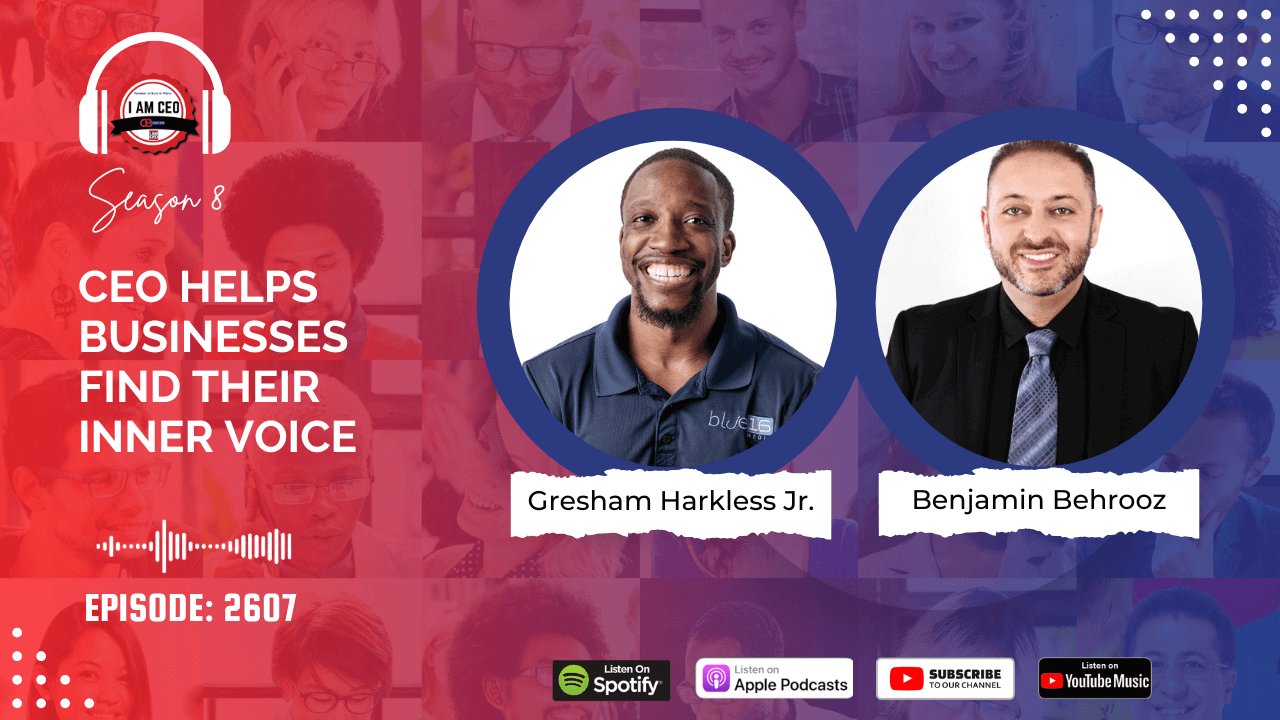The process of onboarding a web designerWeb Design & Development may not be the easiest, but it’s necessary.
Picture this: your business is fully functional and has operating marketing materials such as brochures and business cards. Life is good. However, there is still one last task you need to complete before fully launching your brand into the world: building your website.
Your website, also known as your online brand, is the mechanism used to show the world who you are. To avoid endless scrolling on Google, here are 5 tips on how to find the best web designer for your company:
-
ASK YOUR NETWORK
Utilize your professional network to find the right web designer. In a perfect world, you would aim to find a designer that is recommended by someone you trust. If you are struggling to find someone in your area, and are not bothered by onboarding someone virtually, then you can utilize online web designer platforms to find a good match.
This is when Google can come in handy. By typing “help for web design” this will point you to online platforms that will provide a wide array of freelancers or companies that are available for work. Better yet, if you come across a website within your industry that you are attracted to, you can contact the website designer directly. Websites typically leave a “Designed By” link at the bottom of the page to facilitate this!


-
PUT TOGETHER YOUR WEBSITE GOALS AND PRIORITIES
Before creating your website goals, create a vision board that falls in line with your strategic marketing plan and our branding guidelines. Visions boards aren’t only reserved for teens who are unsure what to do with their lives. They can help newer businesses refine their desired look. Your board is unique to you. It could include intended font choices, graphic inspiration or overall elements you want to include in your brand.
Once you have done this, ask yourself if you intend to have your site solely provide information or to sell services and products? Do you have a site already that just needs to have updated headers, pages, buttons, and other visual elements? Do you want to include any brand logos or social media links to further promote your social platforms? Web designers can help you answer these and similar questions but we recommend that you spend time beforehand becoming familiar with your design wishes.
-
KNOW YOUR BUDGET
Putting together a website is very similar to building a house: the cost is much more than you initially thought. Be prepared and don’t let this intimidate you. By doing research and gaining knowledge of general web design rates within your area, this will make you better equipped prior to discussing with potential designers.

One of the best ways to acquire this information is to talk with local business owners about who they hired for web design and the total cost involved. If you are drawn to another website that is not located in your area, contact the owner to ask if they could connect you with their web designer. They will most likely share the information, taking your inquiry as a complement.
-
GIVE EACH PAGE A PURPOSE
Before approaching a web designer, who will most likely charge by the hour for meetings, ask yourself: what is the number of pages you intend your website to have? What is the point of each page? Is there a specific amount of words, or copy, you intend to include on each page?
Once again, one of the strongest approaches is to locate websites that have elements you admire and emulate them. We do not recommend copying them but take pieces that you like and make them your own!
If you are unsure about how many pages your website needs, start with these five initial pages:
- Home Page
- About Page
- FAQ Page
- Service Details or Product Details
- Contact Information
By having a solid foundation for your website’s structure, this will allow for easy updates to keep your website current as your business develops.
Your goal of creating a website should be to create a base that you can keep coming back to to build upon. Creating additional pages, altering the formatting, or making any other changes will take time and energy. Meaning, making more changes will cost you more money in the long-run. One of the best ways to create a solid website foundation is to have your page phrasing ready. Not just ideas or phrases you intend to have published on your website, but final copy that you are ready for the world to see. You can write it yourself or you can hire a writer to do it for you.

A goal should be to come to your initial meeting with the final copy to hand over to your web designer. This way they can build the website around it. This will save the designer time and you money which will facilitate the completion of your website overall!
-
ESTABLISH A CREATIVE PROCESS BEFORE THE MEETING
Easy virtual collaboration with your designer is key. By creating online folders in Dropbox or Google Docs, this is a great way to stay organized and store vital pieces of information that are key to creating your website.
The following items should be included in your online folder:

-
COPY
An awesome way to speed up the writing process is to create a series of shared folders. This way, you can create copy that can be viewed by multiple people that can review it simultaneously.
-
ANY GRAPHICS, LOGOS, AND IMAGES
Any images, logos, or graphics that you have created or own should be put in this folder. This way everyone can see what entities are going to be in use.
-
YOUR AGREED CONTRACT
Prior to designing your website, being on the same level of communication with your designer is crucial. Given that you hired someone to design your website, you need to accept that they have a higher level of knowledge in this area than you. This means that you need to know what the expectations are especially when regarding the time commitment needed.
For instance:
You may initially think that the web design process could only take a few weeks when in reality it could take several months, depending on your goals. Prior to any work starting, make sure to have a meeting with your designer to set communication, budget, and timeline expectations. Ask questions regarding progress reports, meeting frequency, and their preferred method of communication.
-
CREATE A LAUNCH PLAN
Once your website is completed, how will you showcase it to the world? Some website owners plan an event or create social media buzz leading up to their website launch. Others may have their customers provide testimonials and share them on their social media.

Prior to your website launching, ensure that it is:
-
MAKE SURE IT IS GRAMMATICALLY CORRECT
Double check and then check again that there are no spelling errors.
-
TEST YOUR LINKS
If you have an email or any links associated with the website, make sure they are working prior to the launch. You can practice this by sending your family or friends emails by using your site.
-
VIEW YOUR WEBSITE ON A MOBILE DEVICE
You are aiming to have your visitors scroll seamlessly regardless of the device they are using. Be sure to take a look at your page using multiple devices.
Once you have thought through these six points, you’re in shape to onboard a web designer. They will have the skills and information to grow your business and provide you with the best website for your company.











